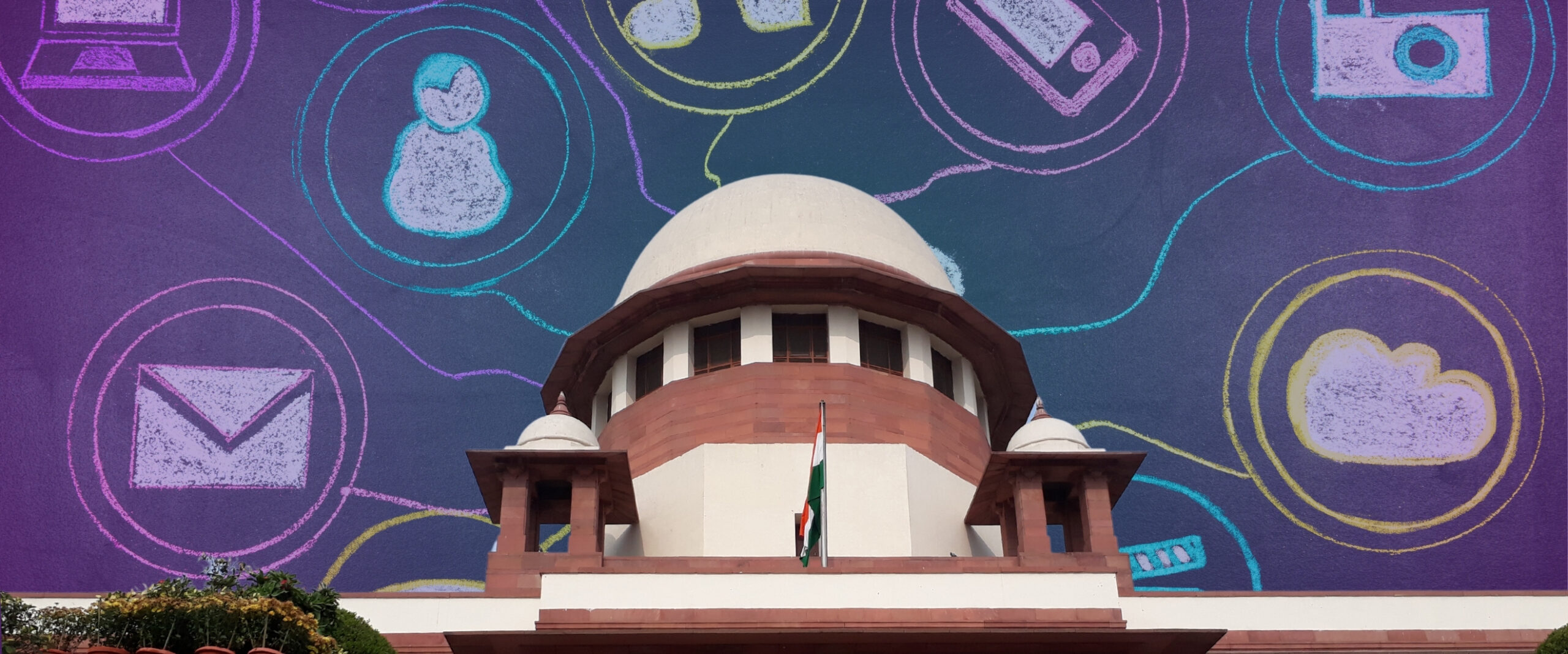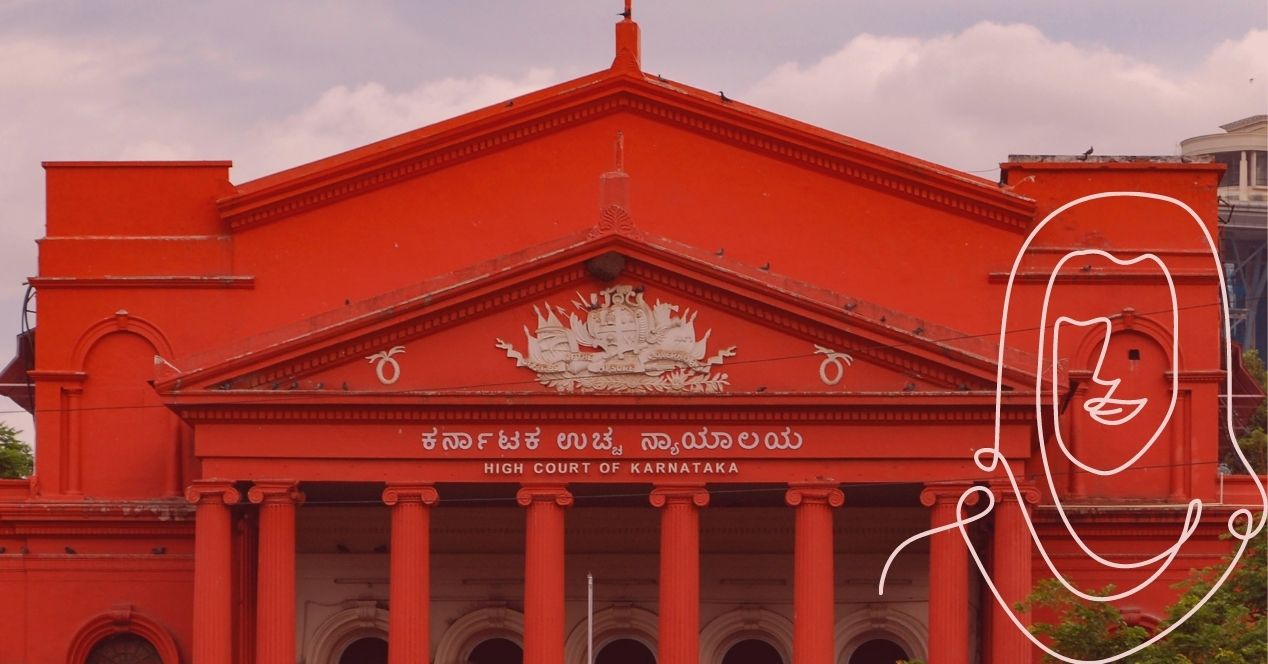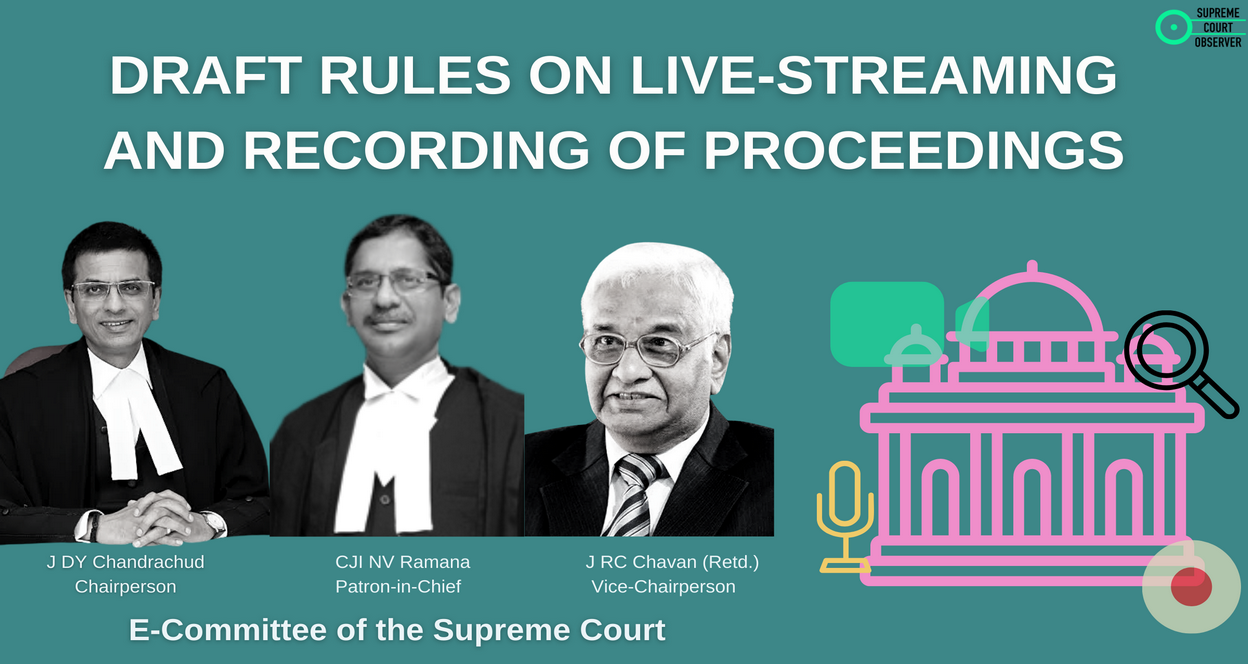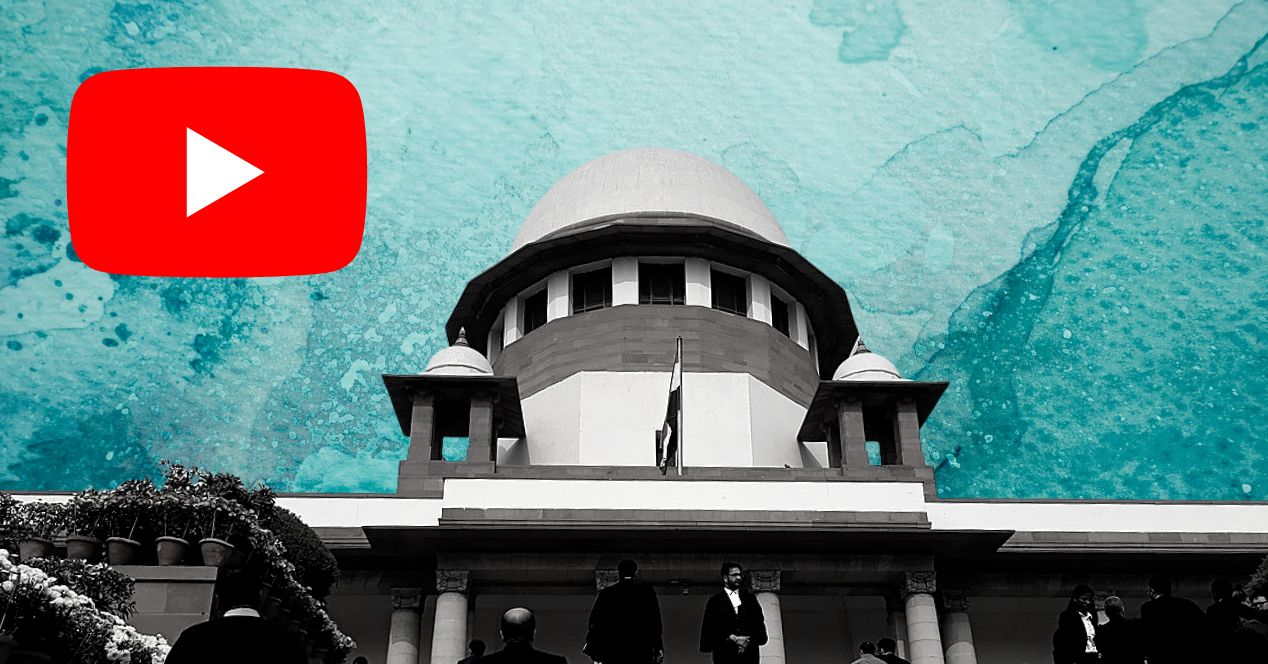Analysis
Trending: #SupremeCourt
Two years after the top court began livestreaming hearings, concerns about institutional posturing and performative justice remain relevant

Two years ago, the Supreme Court livestreamed Constitution Bench hearings on YouTube for the first time. In the first few minutes of the hearing in Courtroom 2, where the incumbent Chief Justice D.Y. Chandrachud was presiding, the Control Room was busy trying to get the camera focus right. It first panned only to Justice P.S. Narasimha who was on the far right of the five-judge bench and then to the three judges in the centre. The camera then swivelled and zoomed in on the ceiling fan before finally fitting all five judges into the frame.
It had been four years since the Supreme Court first agreed to comply with a law student’s plea to set up livestreaming rooms within the Court’s premises. Argued by heavyweights like Indira Jaising, Swapnil Tripathi v Supreme Court of India (2018) would mark a turning point in how people engaged with the constitutional courts, institutions that are often viewed as daunting and foreboding.
The High Courts went first. In October 2020, the Gujarat High Court became the first court in India to livestream proceedings. In June 2021, the Supreme Court’s e-Committee released draft rules for the livestreaming of High Court proceedings. During the Hijab Ban hearings in the Karnataka High Court in February 2022, over 2 lakh viewers tuned in. Clips of the proceedings were circulated on WhatsApp groups and then brandished to make points in dinner table conversations.
This virality reopened the question—is dramatisation of justice the cost of transparency? Before the Supreme Court launched its livestreaming in 2022, we wondered, in our newsletter, how soon it would be before counsel and judges began to perform for the audience. How long before content creators would stitch together clips out of context, trading accuracy for likes and shares?
These questions still crop up from time to time. During the hearings on the horrifying rape and murder of the woman doctor in the Kolkata hospital, Senior Advocate Kapil Sibal lamented that his words were being mangled and circulated in the media, destroying a “50-year reputation.” “Why should we be vilified in this fashion?” he asked. Worse still, the women in his office were receiving frightful threats. Sibal invoked Swapnil Tripathi, reminding the bench that the judgement included “all matters relating to sexual assault and rape” among the types of cases that could not be livestreamed.
CJI Chandrachud, who was on the bench that decided Swapnil Tripathi, said that the Kolkata hospital case would continue to be livestreamed “in public interest.” In its upload of the proceedings on its YouTube channel, the Court has deleted this exchange. Ironically, the only record that remains are clips stitched together by media houses and content creators.
Recently, as the Court has started livestreaming select Division Bench cases, the lines between public interest and institutional posturing have become somewhat blurrier. “Trust us…we are here,” the Chief reassured the agitating doctors during one of the R.G. Kar hearings; “This affects 23 lakh students…let us not be in self-denial,” the Court said to assuage aspirants in the UG NEET case. Even as the Court’s utterances during hearings have no binding value, they reverberate well beyond the 2 lakh subscribers to its YouTube channel and the few thousands who log in to the stream.
Livestreaming has created a sense of familiarity with the Court’s proceedings and people. It has helped shed the idea that access to the Supreme Court is only for those in the capital. For us at SCO, it has helped us write more detailed and accurate reports (bless the pause and rewind features).
But the sneaky feeling of livestreaming having the potential to tilt the scale of justice remains. It offers a tool to the Court to manage its reputation among the public. It may obscure the fact that even though a door to the Court may now be open, it can still be locked from the inside.
This article was first featured in SCO’s Weekly newsletter. Sign up now!




